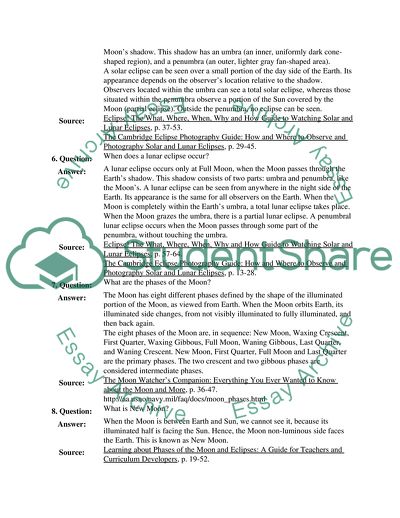Cite this document
(Questions and Answers: Astronomy Assignment Example | Topics and Well Written Essays - 3000 words, n.d.)
Questions and Answers: Astronomy Assignment Example | Topics and Well Written Essays - 3000 words. https://studentshare.org/astronomy/1706233-qa-project-paper
Questions and Answers: Astronomy Assignment Example | Topics and Well Written Essays - 3000 words. https://studentshare.org/astronomy/1706233-qa-project-paper
(Questions and Answers: Astronomy Assignment Example | Topics and Well Written Essays - 3000 Words)
Questions and Answers: Astronomy Assignment Example | Topics and Well Written Essays - 3000 Words. https://studentshare.org/astronomy/1706233-qa-project-paper.
Questions and Answers: Astronomy Assignment Example | Topics and Well Written Essays - 3000 Words. https://studentshare.org/astronomy/1706233-qa-project-paper.
“Questions and Answers: Astronomy Assignment Example | Topics and Well Written Essays - 3000 Words”. https://studentshare.org/astronomy/1706233-qa-project-paper.


